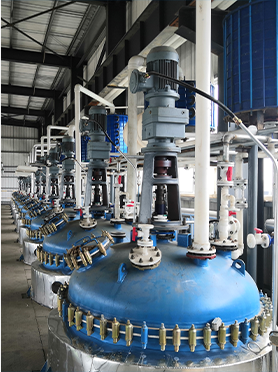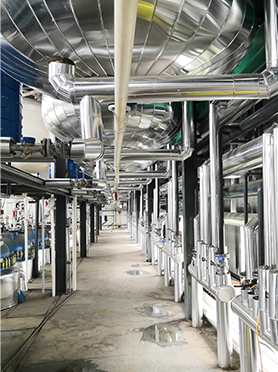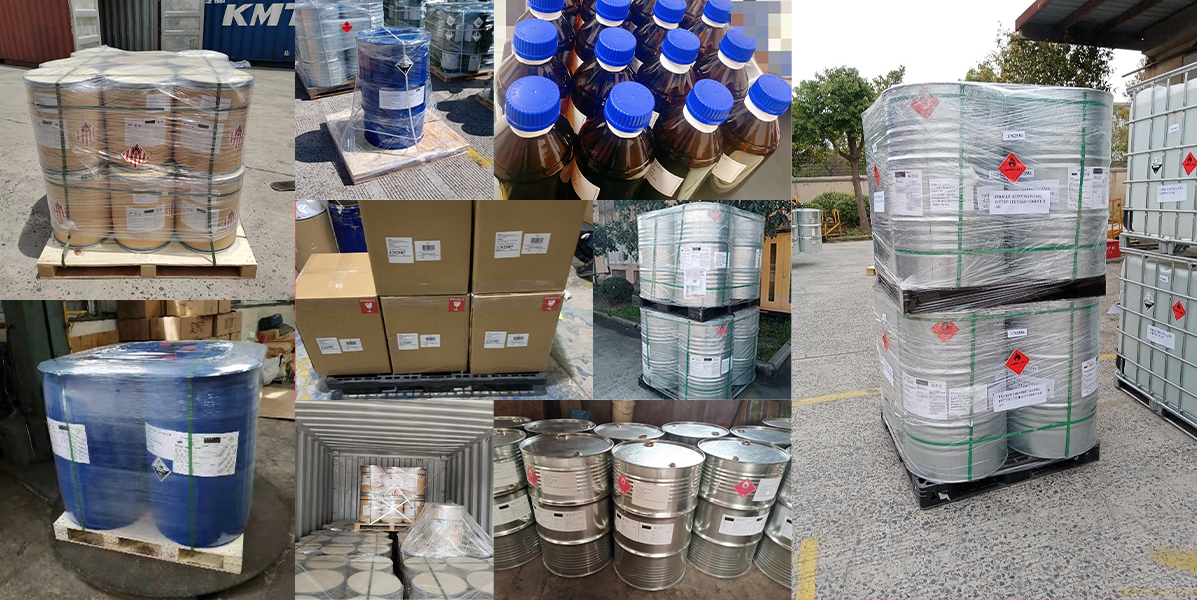The semiconductor and microelectronics industries are at the forefront of technological innovation, and at their heart lies the process of photolithography, powered by specialized photoresist chemicals. For procurement managers and R&D scientists responsible for sourcing these critical materials, navigating the options and ensuring reliable supply is a significant challenge. This guide aims to demystify the selection process and highlight the importance of partnering with the right manufacturer.
Photoresists are fundamentally light-sensitive polymers that form the basis of pattern transfer onto substrates. They are broadly categorized into two types: positive and negative photoresists. Positive photoresists become more soluble in the developer after light exposure, allowing the exposed areas to be removed. Negative photoresists, conversely, become less soluble when exposed, so the unexposed areas are removed. The choice between them depends on the required resolution, feature size, and the specific application, such as in printed circuit boards (PCBs), micro-electromechanical systems (MEMS), or integrated circuits (ICs).
Beyond this fundamental distinction, modern lithography increasingly relies on advanced formulations. Chemically Amplified Resists (CARs) are a prime example. These systems use photo-acid generators (PAGs) that, upon exposure to light (often deep ultraviolet or DUV), generate acids. These acids then catalyze chemical reactions within the resist polymer during a post-exposure bake (PEB), significantly increasing the resist's solubility difference and thus its sensitivity and resolution. This technology allows for the creation of extremely fine features essential for high-density integrated circuits.
When you are looking to buy photoresist chemicals, several factors must be considered. Firstly, the wavelength of light used for exposure is critical. Different photoresists are designed to be sensitive to specific wavelengths, such as i-line (365 nm), KrF excimer laser (248 nm), or ArF excimer laser (193 nm). Ensuring compatibility between the photoresist and your exposure tool is paramount.
Secondly, purity is non-negotiable. Even minute impurities can cause defects in the patterned features, leading to reduced yields and performance issues in the final electronic devices. Therefore, sourcing from a reputable supplier of electronic chemicals is crucial. Companies like NINGBO INNO PHARMCHEM CO.,LTD. focus on providing high-purity materials that meet the stringent requirements of the electronics industry. This includes not just the primary resist components but also any additives or intermediates that might be part of complex formulations.
Thirdly, consider the entire processing ecosystem. Photoresists require specific developers (e.g., TMAH-based solutions), anti-reflective coatings (BARCs), and removers. Understanding how your chosen photoresist interacts with these ancillary chemicals is vital for process optimization. For example, if you are considering compounds like Vat Blue 43 (CAS 1327-79-3) for specialized formulations, assessing their interaction within a complete lithography process is key.
The importance of a stable supply chain and competitive price cannot be overstated for B2B buyers. China has become a major hub for chemical manufacturing, offering access to a vast array of materials. Partnering with a Chinese manufacturer and supplier can provide both cost efficiencies and a reliable source for high-demand electronic chemicals. However, due diligence is essential to ensure quality and consistency.
In conclusion, selecting the right photoresist chemicals involves understanding the different types, their compatibility with exposure tools and ancillary chemicals, and most importantly, ensuring the purity and reliability of your supply chain. If you are in the market to purchase photoresist chemicals or related intermediates, consider NINGBO INNO PHARMCHEM CO.,LTD. as your trusted partner for high-quality, competitively priced solutions.
Manufacturing Facilities






Professional Export Experience
to Global Customers

1. 20 years of R&D, manufacturing and sales experience, serving customers in 60 countries and regions around the world;
2. Own R&D laboratory, pilot platform and large-scale production workshop, which can meet the audit requirements of global customers;
3. We can satisfy customers' perfect transition from small scale lab requirements (gram level) to commercialization requirements (hundred tons level).
A: We don't have Minimum Order Quantity, exact quantity should be provided before quotation for us to calculate the exact cost.
A: We don't provide free samples due to lots of request and expensive international courier's cost, we can deduct the sample charge after commercial order placed.
A: Our payment terms: Small or sample order: T/T IN ADVANCE. Commercial order: First order should be by T/T IN ADVANCE or L/C at sight, and following orders T/T 30~90days is acceptable subject to approval of credit application.